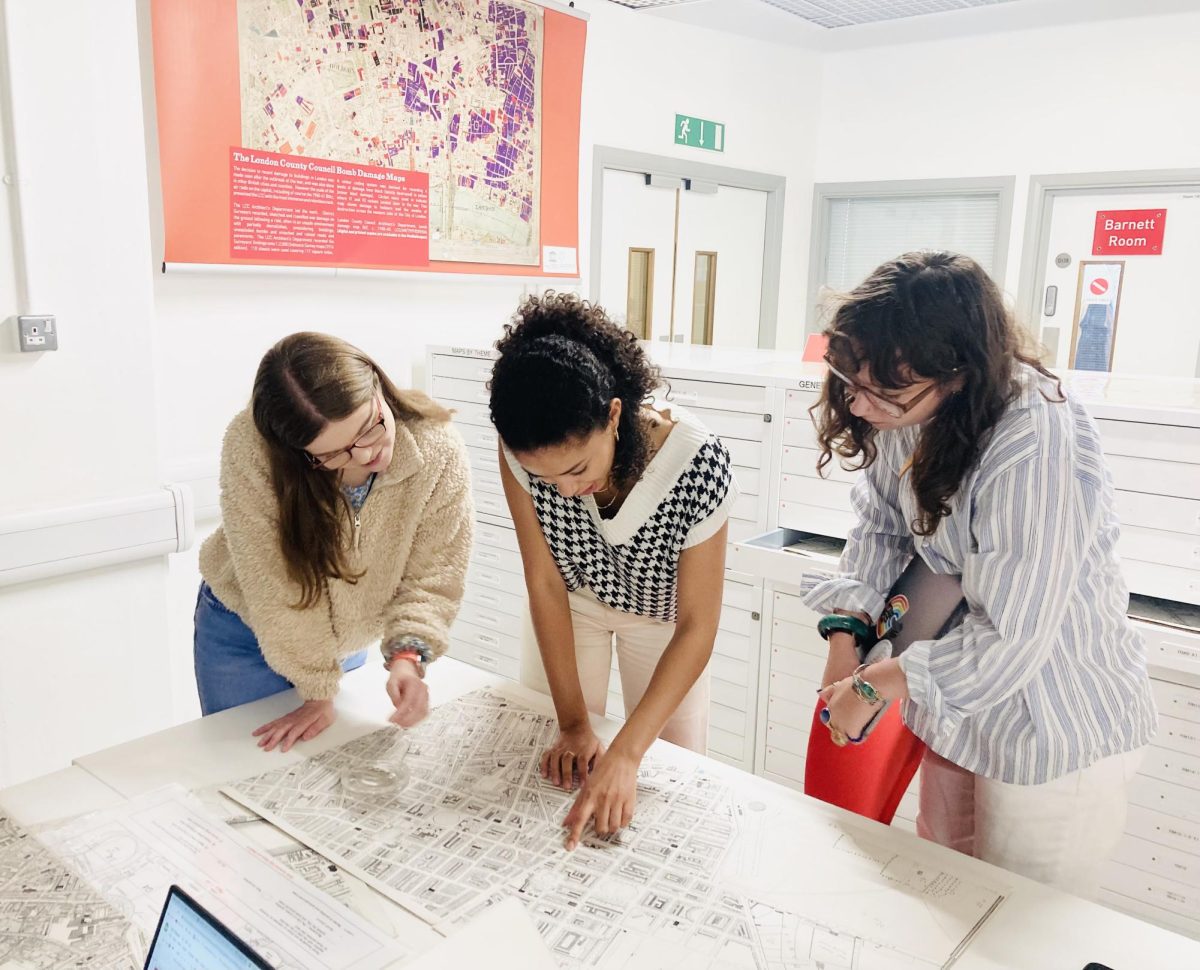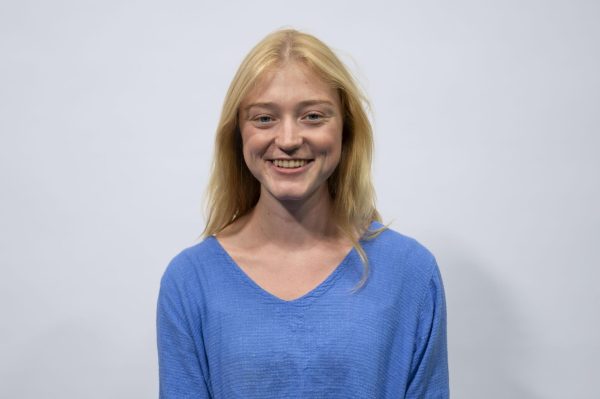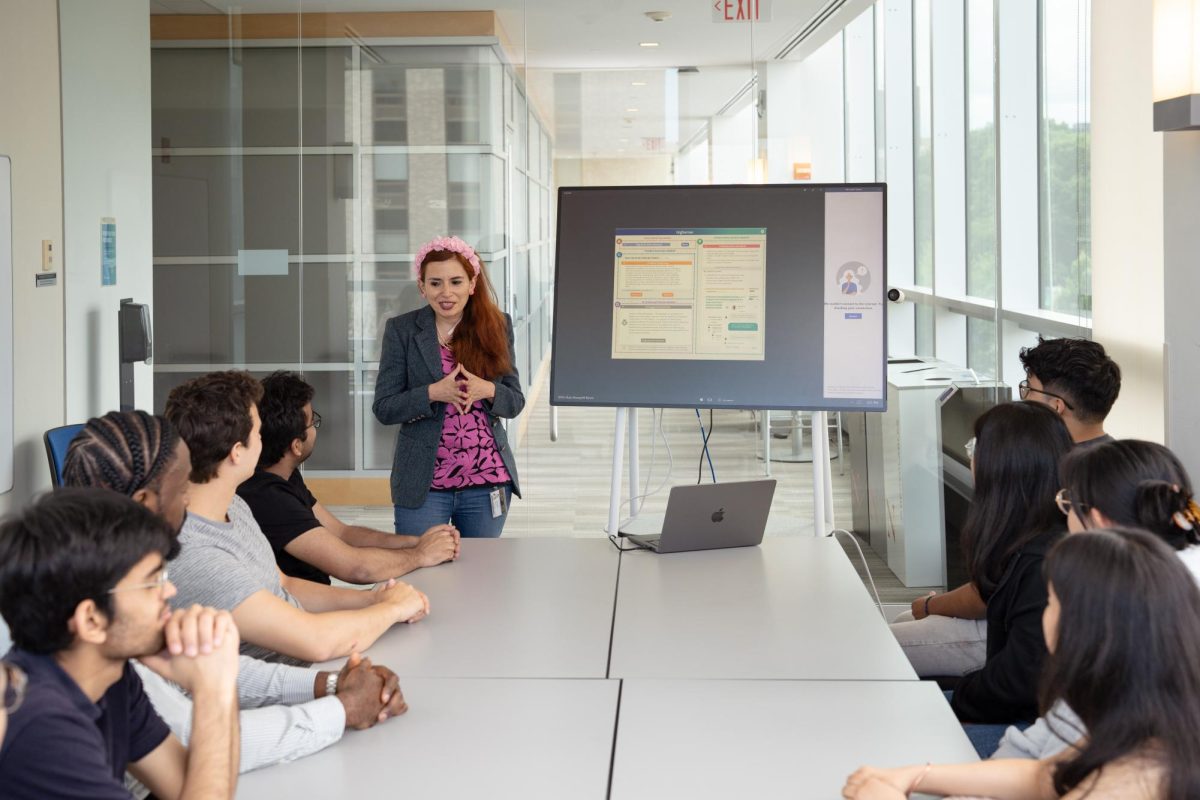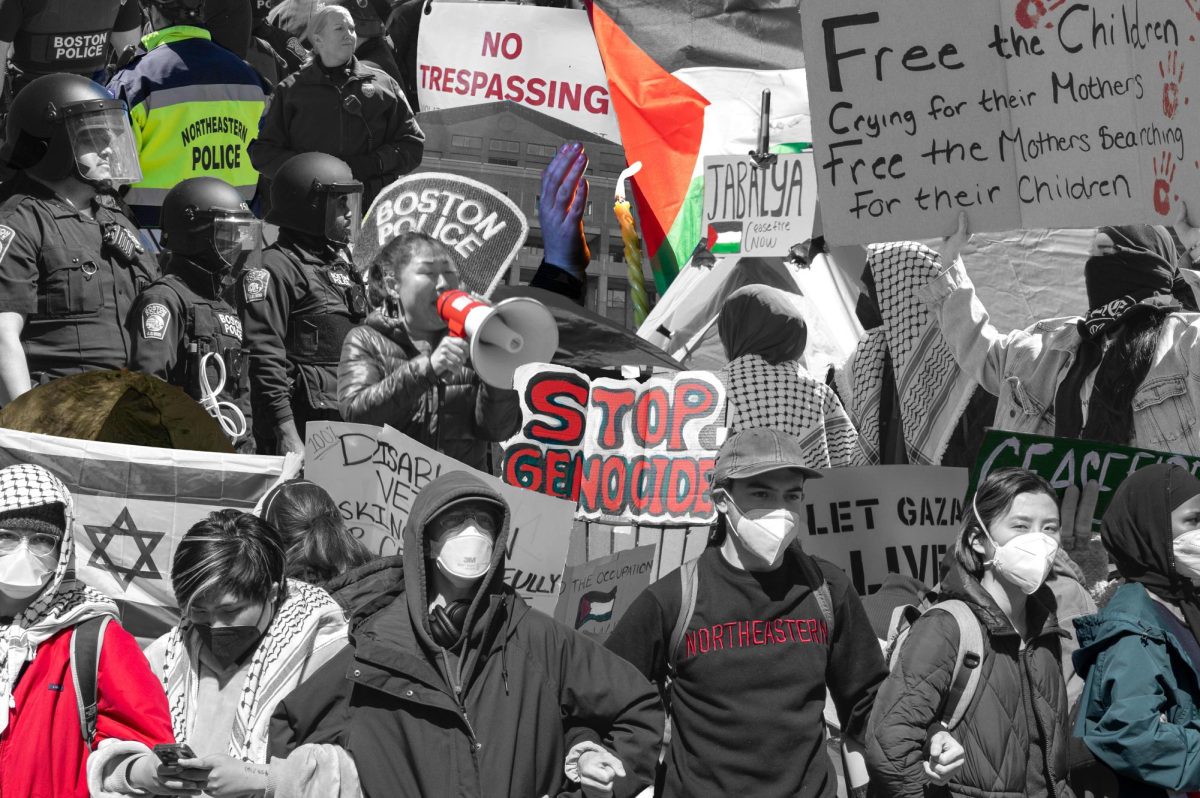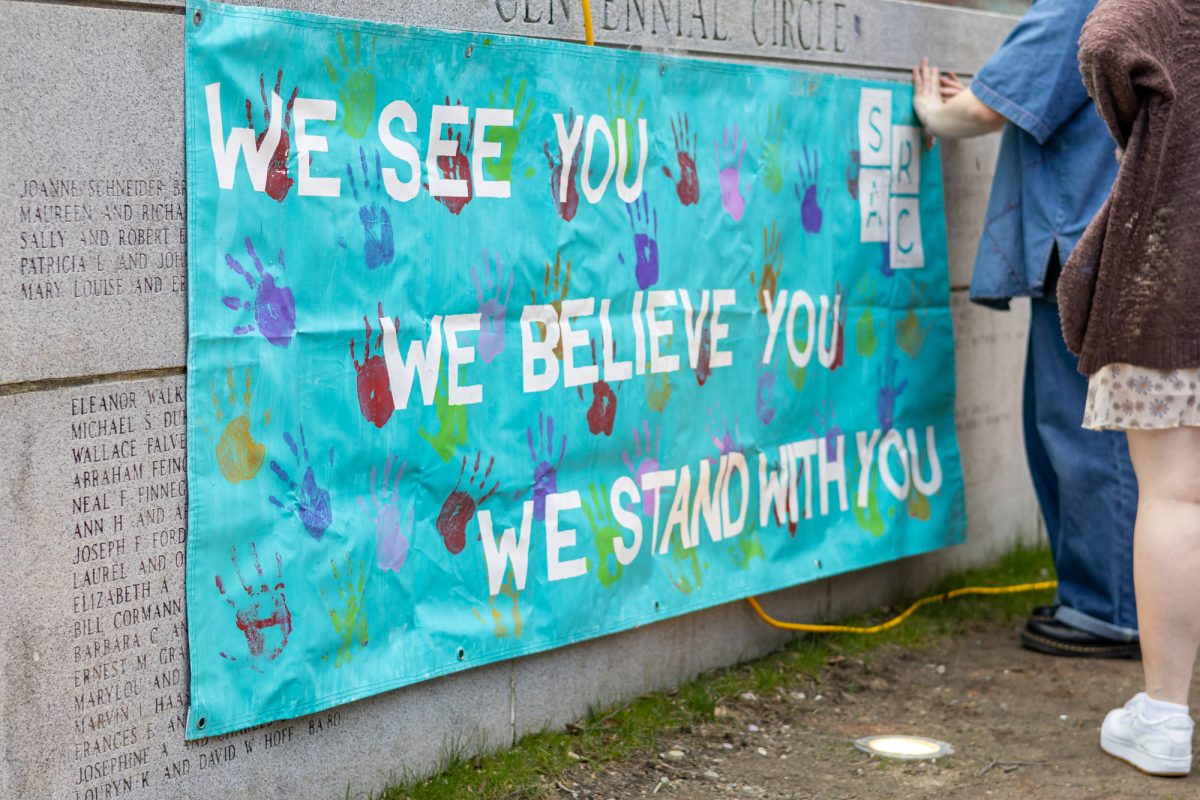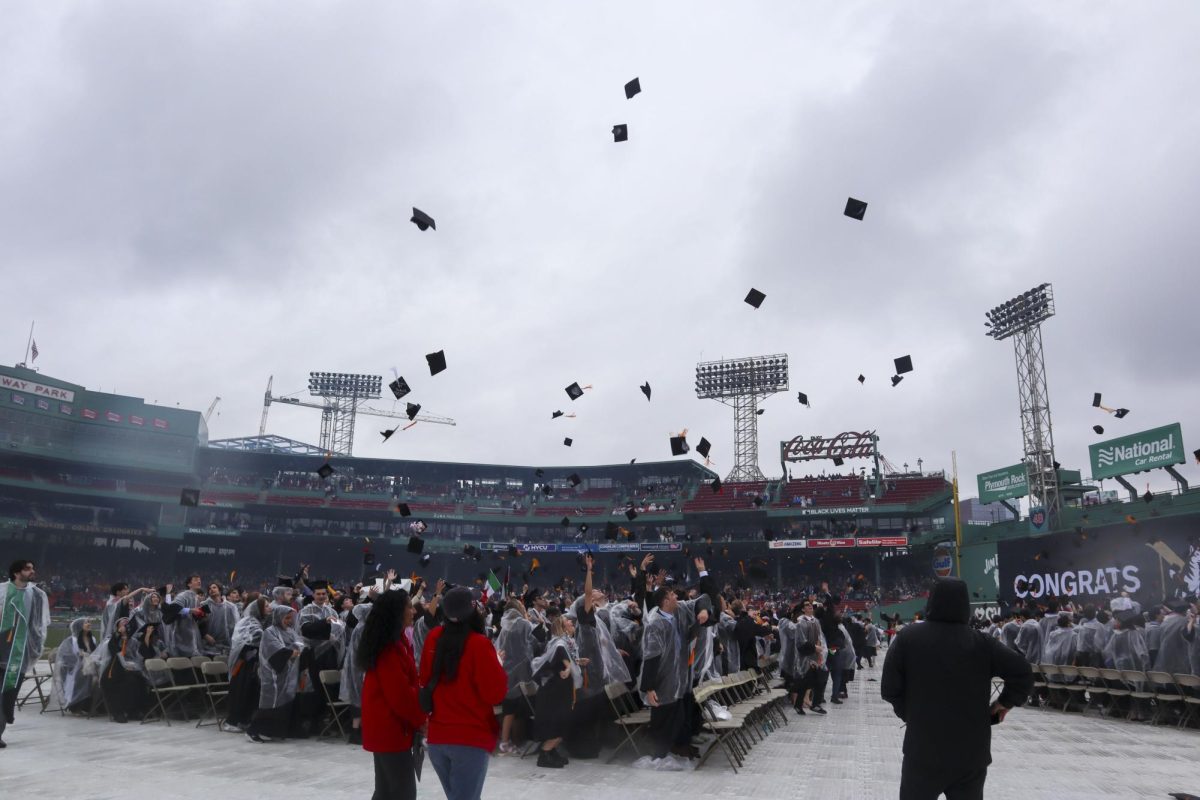What if you could use technology to uncover the past of a place you thought you knew?
Researchers on Northeastern’s “Mapping Black London” project are doing just that. Their interdisciplinary work aims to map the presence and contributions of Black people throughout London, through both digital and physical exhibits.
The “Mapping Black London” website houses four current digital exhibits, with two focusing on the lives of important Black historical figures in the United Kingdom: abolitionist, writer and composer Ignatius Sancho and abolitionist and author Mary Prince.
The other two exhibits are more broad. “Arts in London” traces Black artists and performers during the 19th century, and “Unforgotten Lives” focuses on people’s baptisms, burials and marriage records, as well as where those events took place.
Though the exhibits range in content matter and time periods, mapping is a crucial tool for all of them. Northeastern professor of English and Africana Studies in Boston Nicole Aljoe, one of the co-principal investigators on the project, said the importance of a visual component is to help viewers understand the story.
“The map is a great way to visualize presence and to think about the question of space and place. It kind of concretizes the symbolic aspect,” Aljoe said.
Besides showing the locations of significant events, the map allows those who interact with it to make visual connections with certain places and gain a deeper understanding of the history of those spaces, Aljoe said.
Tiffany Cruz, an English doctoral student at Northeastern in Boston and research assistant on the project, also emphasized the importance of the mapping component.
“Mapping is something that people like because it’s very interactive,” Cruz said. “It’s cool for people to see places they might stumble upon that didn’t know have this significant history.”
In the past, the project has broken down historians’ misconceptions about Black communities in London. One falsehood that has been spread is that Black people primarily lived near the River Thames, which is close to the docks, working as slaves or sailors.
“We were surprised that the dots were everywhere,” Aljoe said. “The map shows Black presence scattered across the city, not concentrated in one area.”
The project has also started branching out to collaborate with other groups in London in order to disseminate the research to a broader audience, said Odile Jordan, a research assistant on the project and history doctoral student at Northeastern University London.
The team is currently collaborating with Black History Walks, a tour group focused on Black history. The team plans to do virtual events with Black History Walks to bring the “Mapping Black London” project “to a wider audience,” Jordan said. She said that this community engagement is not only a great way to distribute the research, but also remind the researchers of how meaningful this work is to communities.
“It’s a reminder that we’re doing this work for those whose ancestors we are honoring — uplifting their voices and histories,” Jordan said.
One of the exhibits that Black History Walks may be incorporating into its programs is “Mapping Mary Prince,” which follows Prince as a slave in the West Indies to London in 1828 where she fought for her freedom, all outlined in her autobiography.
The team has run into challenges when compiling the locations traveled since geographic borders and names have changed over the years. Cruz said that despite the challenge of identifying some of the current-day locations mentioned in Prince’s story, it has all been worth it because “the significance of these places remains.”

Other challenges during the research process arose for the team, especially surrounding the lack of racial data in the U.K.’s historical archives, Aljoe said.
“The U.K. didn’t start collecting racial data until 1991, so researching and mapping Black history before that time is often a game of piecing together fragments of information,” Aljoe said.
To overcome the lack of information, the team has had to get creative, Aljoe said. Researchers often use the names of relatives and literary analyses to parse out information to add to the maps.
Despite these challenges, the researchers hope to continue expanding the project by conducting more research, curating more exhibits and disseminating that information to the broader community. Aljoe said that this expansion and further research will encapsulate different eras and aspects of Black history in London, including figures like Phillis Wheatley, who was in London in the 18th century.
The team is also looking to expand tangibly with further community outreach efforts to schools and various communities. In September, the Provost’s office awarded the group a tier three grant, which they plan to use to “build out more of the website, as well as make important connections to public schools, [kindergarten] through [12th grade] in Britain, and we’re going to be creating some curriculum,” Aljoe said.
All the research and community outreach will hopefully, Jordan said, contribute to a broader understanding of Black history in London and further the team’s commitment to sharing that history.
“Black history shouldn’t be seen as a trend or something done out of political correctness,” Jordan said. “Institutions like universities must recognize that Black history is integral to who we are.”
The Huntington News is dedicated to serving the Northeastern University community with original, professional reporting and creating an environment in which student journalists can learn from one another. Support an independent, free press at Northeastern University with your donation today.



